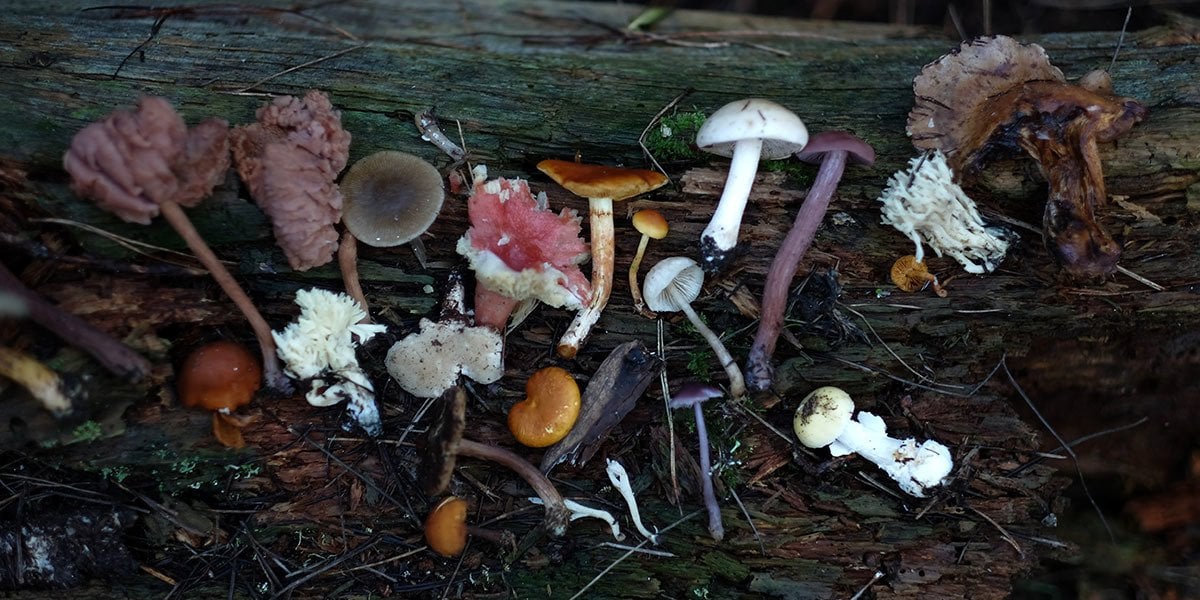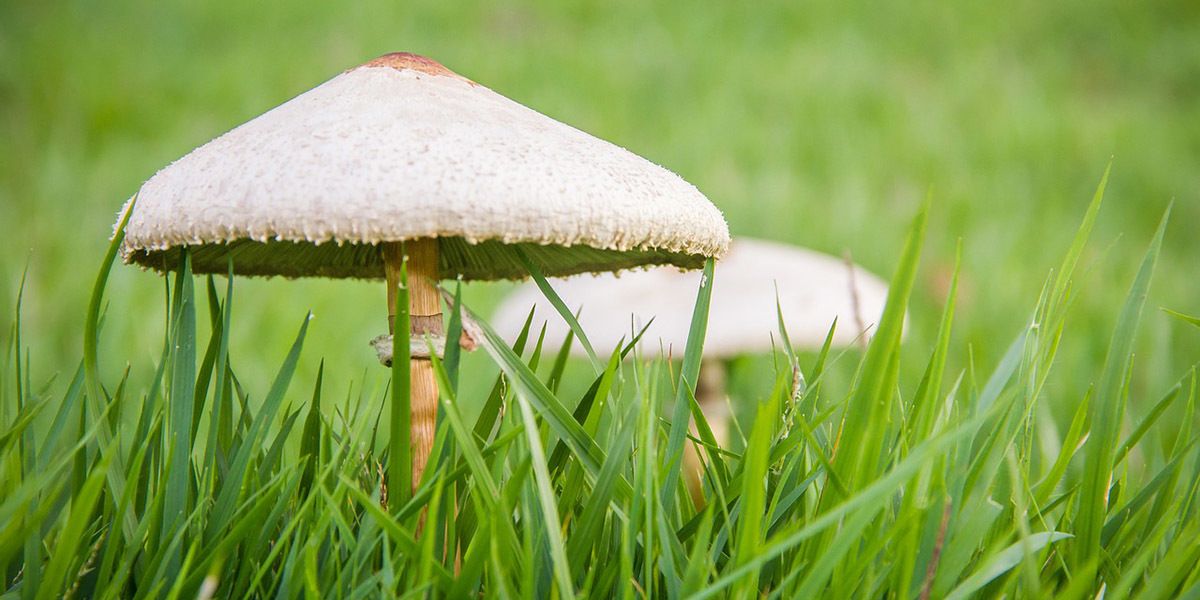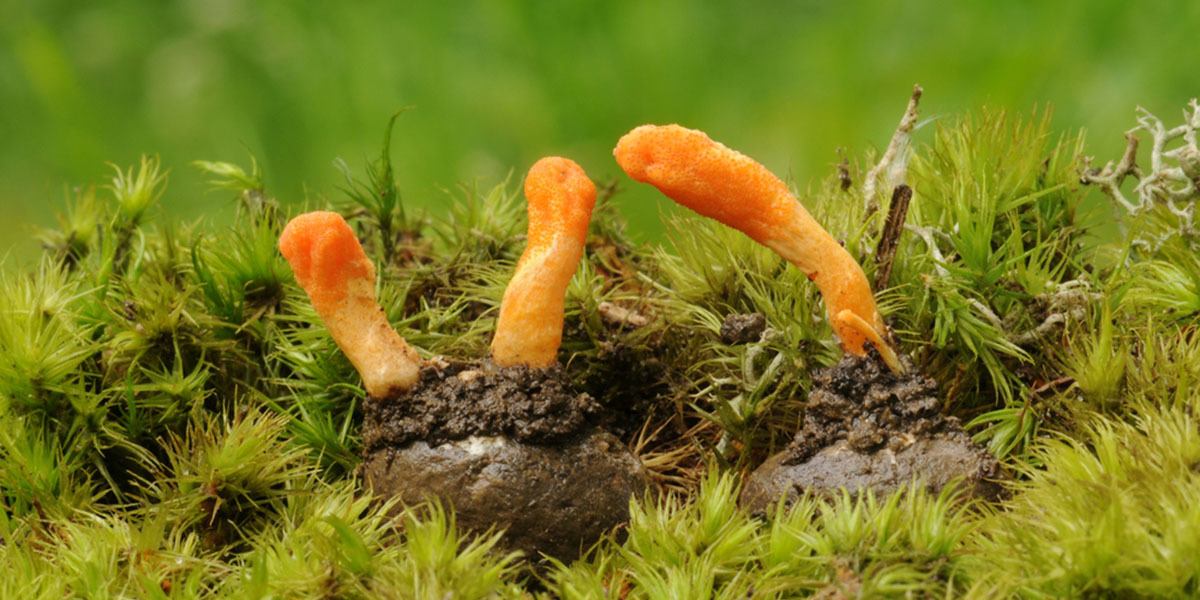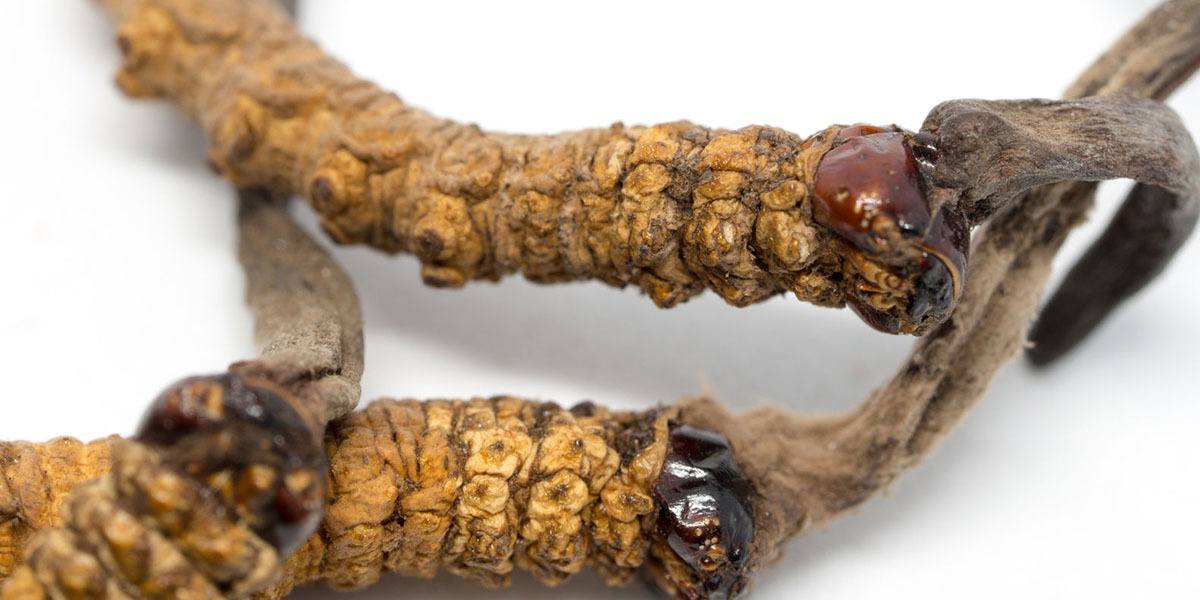History Of Medicinal Mushroom Use
Mushrooms contain a wide array of powerful healing compounds that you can benefit from. But how do you know what mushrooms you should be taking, and which conditions each is best suited for? In this article I’m going to explain the primary medicinal benefits of mushrooms and what medicinal ingredients they contain. Then you’ll learn what some of the top medicinal mushrooms are, and what types of mushrooms are best suited for treating a variety of conditions.
But first, let’s take a brief look at how mushrooms have been used medicinally throughout history. You might be surprised to learn that humans have had a close relationship with fungi from the very beginning!

Ancient History
Medicinal mushrooms have been used in traditional and folk medicines since before recorded history. A man frozen in ice around 3300 BCE (nicknamed Ötzi) was discovered in an alpine glacier in 1991. He was carrying two different species of mushroom on him at the time. One was a tinder fungus capable of holding a warm coal to re-start a fire at a new location many hours later. The other was a medicinal birch polypore used to fight parasites and other infections.
You can see from Egyptian hieroglyphics that their society saw mushrooms as a plant of immortality. Mushrooms were typically only eaten by pharoahs and other nobles, and were given the name “sons of the gods” and depicted in artwork as being sent to earth on Lightning bolts. Famous Greek and Roman authors such as Seneca, Pliny, and Dioscorides all wrote about mushrooms, arguing both for and against their medicinal benefits.
Texts about Chinese medicine dating back to 100 BCE discuss various mushrooms and fungi that were used to treat cancer, respiratory ailments, and many other conditions. Reishi (Ganoderma lucidum) has perhaps the longest written record of medicinal use, and scientists are now beginning to identify anti-tumor and other medicinal properties of the mushroom.
In ancient Japan, maitake (Grifola frondosa) mushrooms were worth their weight in silver. Mushrooms were an integral part of Mesoamerican cultures such as the Maya, Inca, Aztecs and Olmecs. Both for their medicinal properties, and also for use by shamans for spiritual purposes. Chaga and other forms of fungus have been used across North America and Siberia since at least the 16th Century.
Modern History
The first time that beneficial properties were identified and extracted from fungus was in 1928 when Alexander Fleming discovered penicillin.
Many other antibiotics have been discovered since that time, and the antibacterial and antiviral properties of various fungi have been widely exploited. It’s estimated that penicillin alone has saved over 200 million lives.
Many other antibiotics have been discovered since that time, and the antibacterial and antiviral properties of various fungi have been widely exploited. Some claim it was a crucial element of the Allies’ WWII victory.
Modern scientists are continuing to isolate new antiprotozoan, antiparasitic, antiviral, and antifungal properties of mushrooms and fungi each year.
Mycologists and other types of scientists are only now starting to catch up to what traditional medicine has been telling us about these fungi for thousands of years.
We’re discovering that not only are most of the claims about these mushrooms true; but they’re often also safer and better tolerated with fewer side-effects than many modern pharmaceuticals.
Fungi: They’re Smarter Than You Think

Fungi are a lot more complex than most people give them credit for.
At first glance, they may appear as very simple lifeforms. But the truth is they are very complex organisms which are actually more closely related to animals than to plants.
Example: Cordyceps Mushroom Reproduction

For evidence of the intelligence that fungi can exhibit, take the medicinal Cordyceps mushroom as an example.
It starts its life as a spore and attaches to a caterpillar, ant, or other insect. Then it germinates and feeds on its host, growing into a small mushroom that lives on its hosts back for most of its life.

Then when the Cordyceps mushroom is ready to reproduce, it basically “mind controls” it’s host and drives them to climb a flower, tree, or whatever the highest object it can find it.
It’s like something out of a science fiction movie, but it’s totally true. The insect will then remain at height until it dies.
The Cordyceps fungus will then emerge from the insect’s head and release its spores. It’s important for the Cordyceps mushroom to attain sufficient height so that its spores can spread as far as possible.
Check out this clip of the coryceps fungus at work:
At any stage of the process, the Cordyceps mushroom could fully consume the insect, but it doesn’t. It appears to show enough intelligence to wait and use the insect as a way to reproduce.
Slime Molds

For another example of just how intelligent fungi can be, you only need to look at a study of slime molds done by Japanese scientists.
In the study, food for the slime mold was put at important points that approximated a map of Tokyo. The slime mold stretched out in thin lines from its central point to find the food sources.
The pattern the slime mold produced was very similar to the railway system of Toyko, in which human experts had attempted to design the most efficient way to get around the city.
The really interesting part?
Some of the pathways that the slime mold chose to take were actually more efficient than the ones that engineers used to actually design the subway!
I must say that I really enjoyed reading your blog articles, even though there was an aesthetically pleasing piece of the stuff I recently came across. However, I’ll be subscribing to your updates, and I do hope to receive them promptly each time.